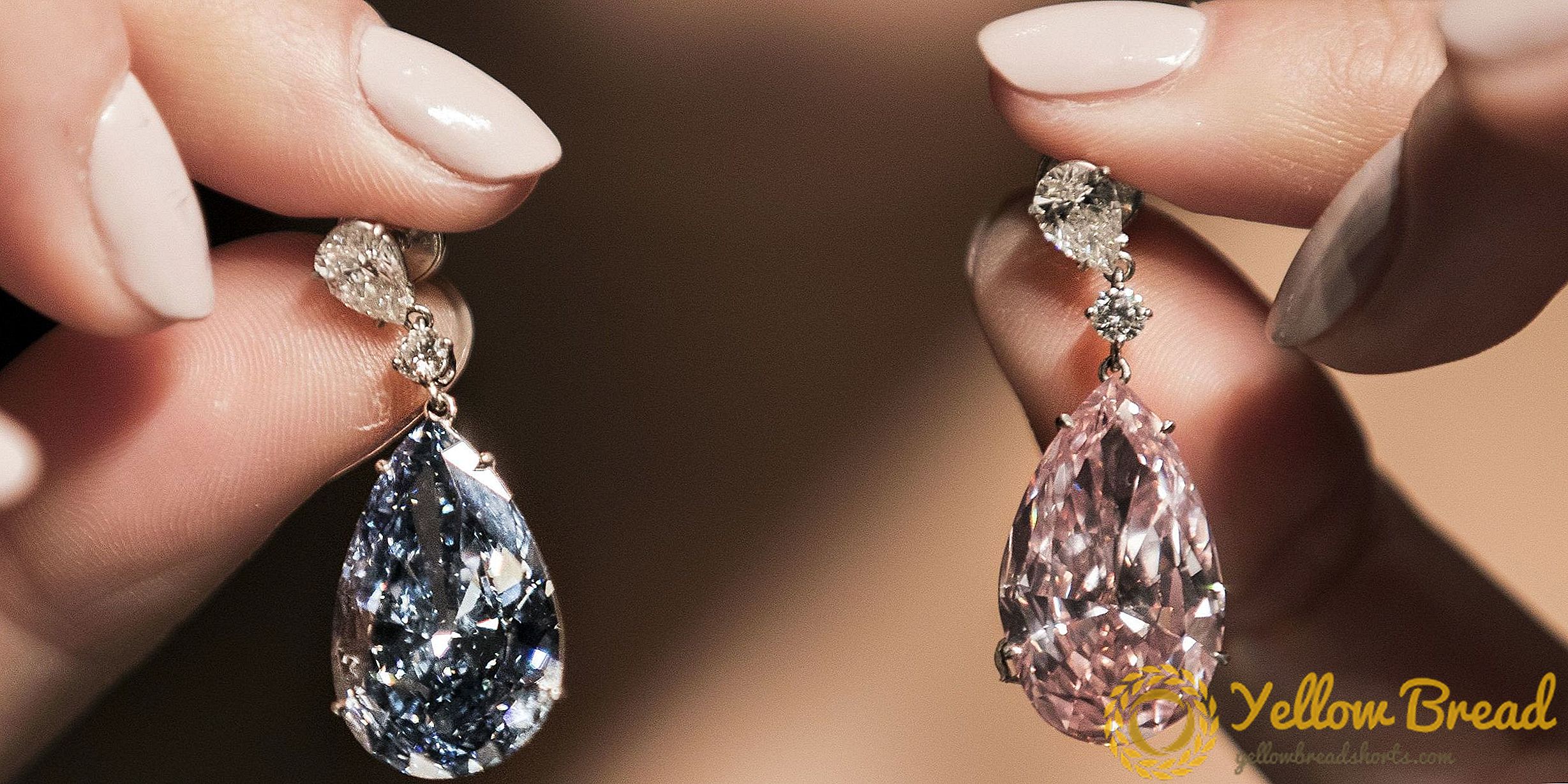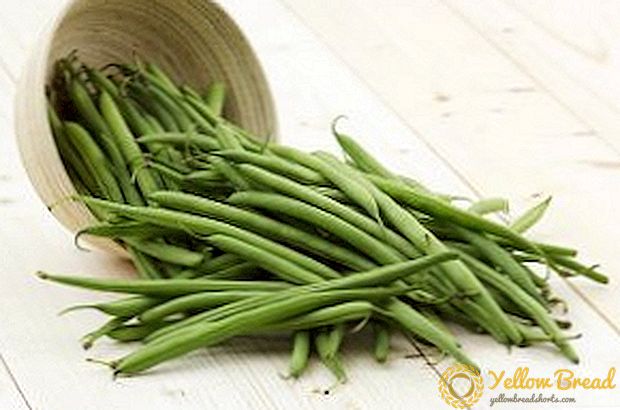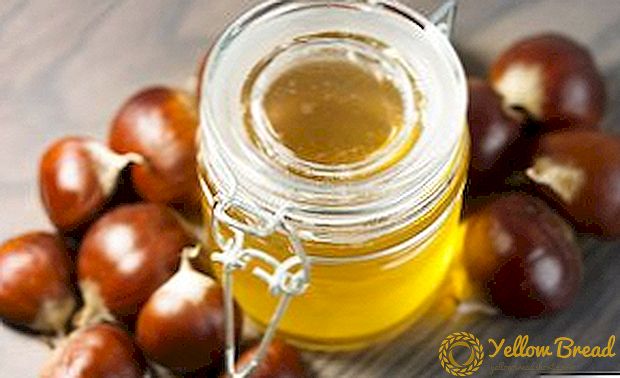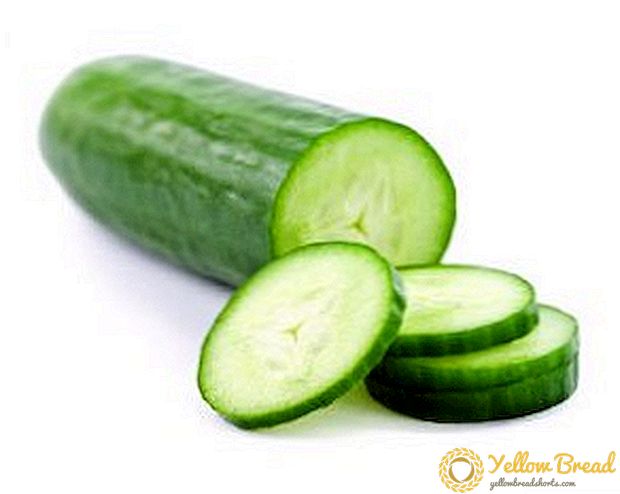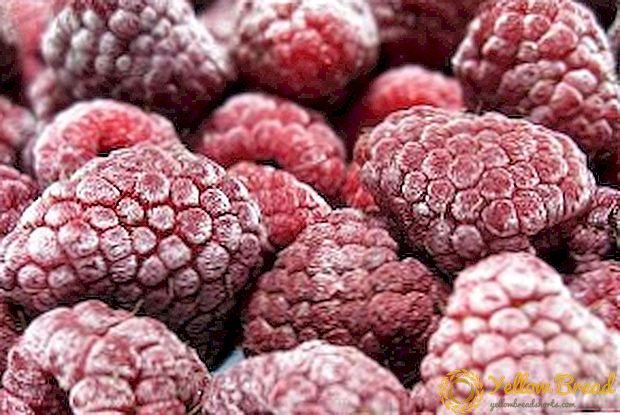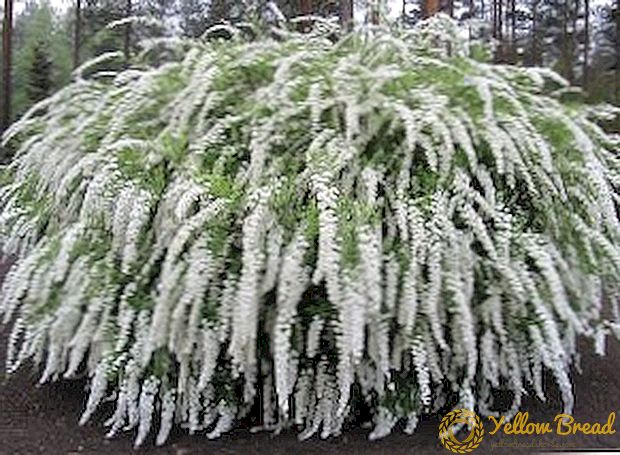 Feed the raspberries in the spring or not - that is the question. Let's see what exactly spring care for raspberries is, and what exactly is necessary to fertilize raspberries in spring to increase the yield.
Feed the raspberries in the spring or not - that is the question. Let's see what exactly spring care for raspberries is, and what exactly is necessary to fertilize raspberries in spring to increase the yield.
- What is spring care
- Fertilizer
- Pruning
- Protection against diseases and pests
- What and how to fertilize: folk remedies and mineral supplements
- Before loosening the soil
- After loosening
- Treating bushes from pests and diseases
- Insect control
- Raspberry disease
- Double pruning raspberries in spring
What is spring care
The early spring came on the calendar, which means it’s time to start working in the raspberries. During this period, comprehensive care for berry bushes is performed. Let us take a closer look at exactly which events should be taken. 
Fertilizer
Timely fertilization will help saturate the raspberries with the missing nutrients that directly affect the quality of the future crop. Starting in April, you can use fertilizers containing nitrogen.
Pruning
After the winter, the bushes must have left dried or damaged branches. They must be removed. Also weak shoots are to be removed. With the timely removal of such branches stimulates the growth of new, stronger shoots.
Protection against diseases and pests
With the beginning of the formation of the ovary, the issue of protecting the future crop from pests and diseases becomes particularly relevant. It is important to correctly select the preparations for processing raspberries and follow all the recommendations for their use.
What and how to fertilize: folk remedies and mineral supplements
Deciding to fertilize raspberries, you definitely improve the quality of the crop. If you are an adherent of folk remedies and organic fertilizers, then chicken litter does an excellent job of feeding.
It is used in liquid form, water is added to the litter, the proportion is as follows: 1:20, respectively. Feeding raspberries in spring with chicken droppings will enrich the soil with nitrogen, magnesium, phosphoric acid, and it also contains useful trace elements - boron, cobalt, zinc and sulfur.
The effect of this method of feeding is fast and long-term - after 2 weeks, and a good level of yield will continue for several years.  Similar effects - and after use as fertilizer compost and rotted manure. Ash has proven itself well. It is used both in dry form and in the form of solutions. Also feeding raspberries in the spring involves the use of various tinctures to feed the shrubs. Consider the most popular folk remedies:
Similar effects - and after use as fertilizer compost and rotted manure. Ash has proven itself well. It is used both in dry form and in the form of solutions. Also feeding raspberries in the spring involves the use of various tinctures to feed the shrubs. Consider the most popular folk remedies:
- Tincture on a banana peel. Having eaten a banana, do not rush to get rid of the peel. Observe the proportion - 1 banana per 1 liter of water, let it brew for 7 days. Finished tincture need to fertilize the roots of raspberry. Fertilizer on a banana peel saturates the soil with potassium, which, in addition to additional feeding, will help shrubs to more easily transfer winter frosts.
- Tincture on the husks of onions. With the bow is the same story. Change only the proportions - 50 g per 10 l of water, leave to infuse for 7 days. Next, water the plant. This solution also helps fight pests.
- Tincture with nettle and comfrey. The proportions for fertilizer are as follows: 500 g of comfrey, 500 g of nettle, 10 liters of water. Leave the sun for 2 weeks, occasionally stirring the future tincture. Apply in diluted form 1:10.
Among the mineral supplements, superphosphate, potassium salt and fertilizers with a nitrogen content (nitrate, urea) are used. 
Before loosening the soil
The first spring feeding immediately after the winter should be carried out before loosening the soil. Saltpeter or urea is used. The proportions are taken as follows: nitrate 10 g per 1 square. m, urea 15 g per 1 square. m
Before fertilizing the soil must be watered. Simultaneously with mineral fertilizers, it will not be superfluous to pour in wood ash. This will enhance the effect.
After loosening
Top dressing by organic fertilizers is brought after loosening of the soil. Humus, peat or compost is used. Organic fertilizers also mulch the soil, which adds a positive effect.
In fact, there are plenty of options than to feed the raspberries in the spring - you just have to choose the one that suits you and your garden. 
Treating bushes from pests and diseases
Soil fertilization with nutrients is not enough to get a bountiful harvest.On the way to picking berries are pests and diseases of raspberry. Consider how you can prevent a meeting with them.
Insect control
Caring for raspberries in the spring necessarily includes pest control. Among insects, the raspberry beetle and the raspberry fly are lovers to eat raspberries.
In order not to share the crop with insects, you need to take measures to destroy them in time. The raspberry beetle likes to lay the larvae in the flower bud, which further prevents the formation of berries on the branch.
The easiest way to prevent this is to carefully examine the raspberry bushes and, upon seeing the beetle, shake it out. You can not let him fall to the ground - all your efforts to remove the beetle will be down the drain.  Shake out raspberry beetles (as well as weevils) should be on the litter, so that later was able to destroy them.
Shake out raspberry beetles (as well as weevils) should be on the litter, so that later was able to destroy them.
To combat raspberry fly used insecticides broad. For example, karbofos - they are sprinkled with a bush in late April or early May.
Also one of the options for dealing with a fly - cutting off raspberry sprouts. If the tops began to wilt - this means that the raspberry fly settled in them. Removing raspberry sprouts, it is necessary to burn it.
Raspberry gallitsa brings a lot of trouble. This insect lays larvae directly into raspberry stalks. It is easy to find: if the gall midge is located inside a branch, then a growth is formed on this place. Having found a raspberry gall midge, it is necessary without regret to cut the affected branches and burn them. 
Raspberry disease
The most common disease in raspberries is gray rot. She especially rages after protracted showers. If there is a group of plants in the garden, this will help the rapid spread of rot to other shrubs.
From the defeat of gray rot will help protect the drug "Fitosporin" or Bordeaux mixture. These solutions can process branches even during the growing season of the plant.  At defeat purple spot on raspberries, in particular, at the bases of leaflets, dark spots are formed. The bark begins to crack, and the shoots die off. To combat this fungal disease, the drug "Zircon" is used.
At defeat purple spot on raspberries, in particular, at the bases of leaflets, dark spots are formed. The bark begins to crack, and the shoots die off. To combat this fungal disease, the drug "Zircon" is used.
This drug can be re-spray shoots and young stems before the beginning of the winter period. This will help next year to prevent spores of fungal diseases from starting reproduction.  There are diseases that can only be stopped by the complete destruction of crimson bushes. it raspberry curl - leaves begin to cringe rapidly and acquire a brick tint;
There are diseases that can only be stopped by the complete destruction of crimson bushes. it raspberry curl - leaves begin to cringe rapidly and acquire a brick tint; raspberry mosaic - leaves are painted in a yellow-green shade in the form of a mosaic;
raspberry mosaic - leaves are painted in a yellow-green shade in the form of a mosaic;  witch's broom - manifested in the rapid growth of root shoots, which does not develop further. If you notice these signs of disease in a raspberry pan, you must urgently dig up the diseased shrubs and burn them immediately. These diseases spread quickly in the garden, which can negate all your efforts to care for raspberries.
witch's broom - manifested in the rapid growth of root shoots, which does not develop further. If you notice these signs of disease in a raspberry pan, you must urgently dig up the diseased shrubs and burn them immediately. These diseases spread quickly in the garden, which can negate all your efforts to care for raspberries. 
Double pruning raspberries in spring
Proper trimming of bushes is carried out in 2 stages. The first time the raspberries are cut right after the snow has melted and the positive air temperature has started steadily. Nobody will call exact dates, it all depends on the climate and temperature regimes in your region.
In the first stage, the damaged, weak branches are cut off. If traces of insect pests are found, the escape is cut and destroyed. Shrubs desirable to thin out.
Experienced gardeners recommend leaving no more than 25 stems per 1 m, and the distance between the planted stems should be at least 15 cm. Next, tie the shoots. The second stage of pruning begin in the period of active growth of raspberries. At this time, the tops of the shoots are pruned so that the bush does not grow and put all its strength into young buds.
After reading the article, you learned that competent spring care for berry bushes is the key to a rich and tasty harvest in summer. But to engage in such care or not - it's up to you.

